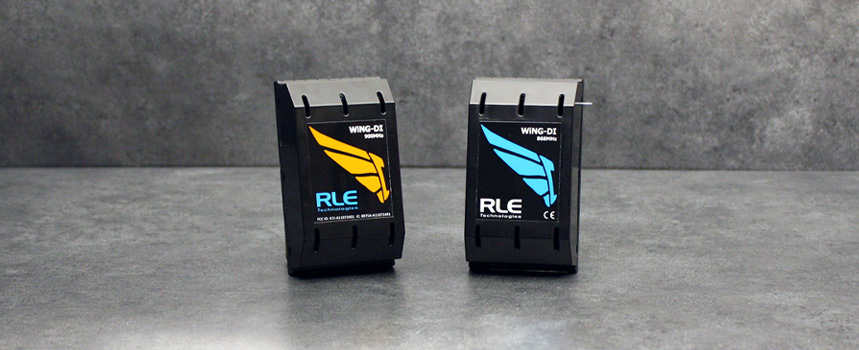Wireless Transmitter Accepts Wired Digital Input
The WiNG-DI sensor allows you to take a wired digital input and convert it to a wireless signal that can be implemented into a WiNG-MGR or BMS-WiNG monitoring system.
The WiNG digital input sensor accepts one digital dry contact input.
Small Footprint, Big Battery Life
WiNG sensors are compact and unobtrusive, yet provide an industry leading battery life – sensor batteries will last up to 12 years at room temperatures.
WiNG sensors maintain this extended battery life while communicating readings to the WiNG-MGR web interface every 10-20 seconds; we knew it was important to our customers that we didn’t sacrifice data responsiveness in order to extend our battery life.
Unprecedented Transmission Range
The WiNG system has an unprecedented transmission range between sensors and manager: up to 100 feet through multiple walls, up to 270 feet through one wall, and up to 600 feet indoor, direct line of sight.
While this range is more than ample for most situations, sometimes applications require signals to be pushed through more complex physical or noisy RF environments. The WiNG-RXT range extender can be implemented in these situations to add up to 1,000 feet direct line of sight transmission distance to the application.
Designed With Your Facility’s Security In Mind
WiNG sensors communicate directly – and only – with a WiNG-MGR or WiNG-RXT utilizing small, proprietary packets in the 900MHz or 868MHz frequency range.
WiNG sensors are not Wi-Fi based, do not have IP addresses, and do not utilize IP communications. This means they cannot connect to your company’s Wi-Fi network and ensures that they cannot be used as unauthorized wireless access points.
Still have questions or concerns about the security features of our WiNG system? Click here to read an article written by RLE’s Engineering Team that takes a deeper look into how the WiNG wireless systems works and why we believe this solution offers customers a superior experience over wired sensor connections.




